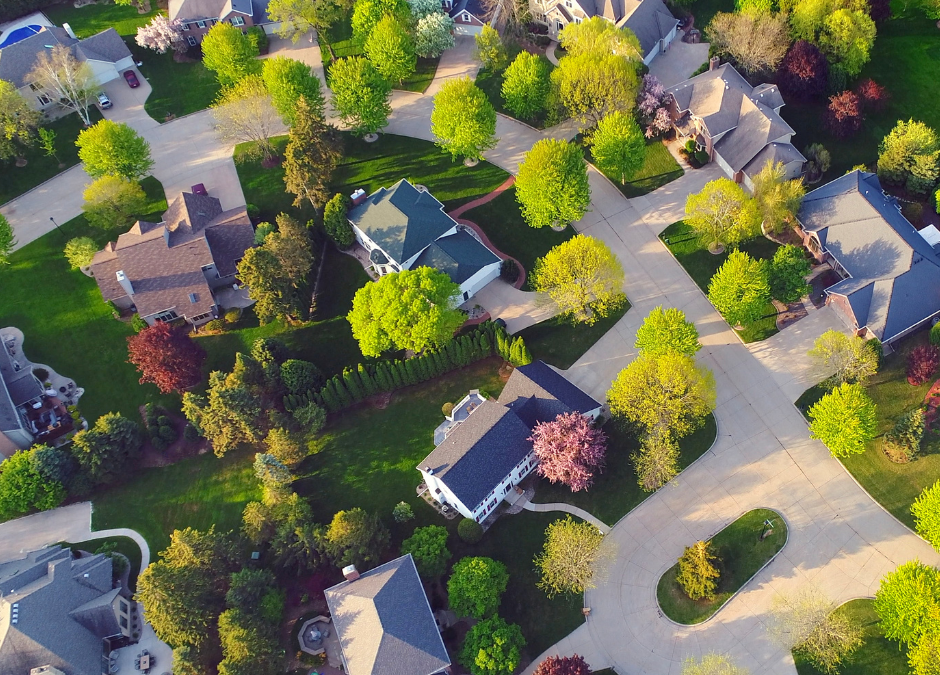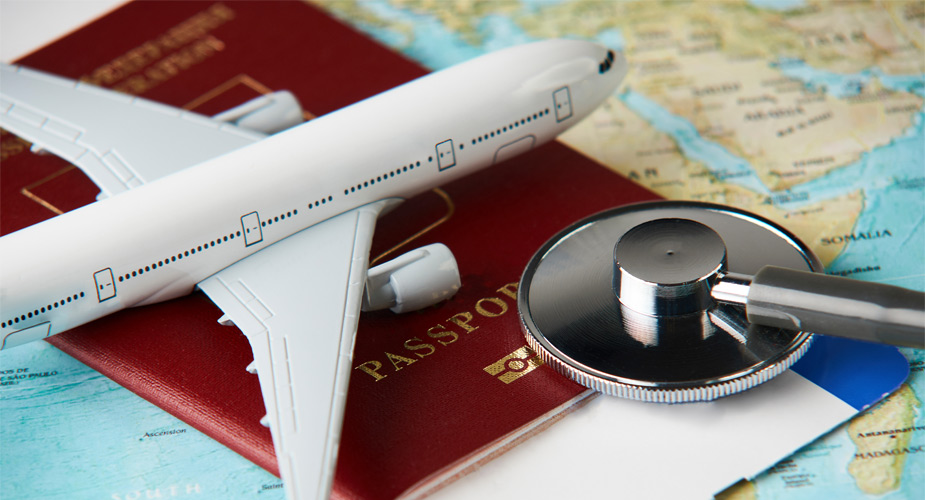HAPPENING NOW…DOES IT AFFECT YOU?

TRAVEL IS BACK! INSURE YOUR DREAM VACATION NOW
March 22, 2023
TECHNOLOGY AND THE RISE OF AI: SOME RISKS BUSINESSES NEED TO KNOW
April 2, 2025Strong headwinds brought on by the economic environment, catastrophic weather events, and the impacts of inflation on repair and replacement costs, along with distracted driving leading to the frequency and severity of incidents, continue to impact the entire insurance industry.
Homeowners Affected Across the Country
Insurers are evaluating where and what they can insure at today’s costs. Increased natural disasters: The frequency and severity of natural disasters, such as hurricanes, wildfires, and floods, have increased in recent years. This has led to higher insurance claims, which has put pressure on insurers to raise premiums. State Insurance Departments have to approve premium increases and some are reluctant to do so. When they can’t increase premiums
sufficiently, they have been rethinking the risks they insure.
Changes in the insurance industry: The insurance industry is consolidating, as larger companies acquire smaller ones. In places like Florida, more than a dozen insurers have gone into receivership, and large and small insurers have ceased taking on risks in wildfire-prone areas out west. This has led to fewer choices for homeowners, which can also drive up premiums.
Will your Auto Insurance Policies Change?
Recent auto insurance increases have been driven by multiple factors: rising vehicle repair costs due to higher labor costs and more intricate technology that requires repairs even with minor accidents, and growing instances of insurance fraud. There were more than 300,000 vehicles damaged by flood waters related to Hurricane Ian according to Carfax. These factors have contributed to higher claim payouts, prompting insurers to adjust their premiums accordingly to maintain profitability.




